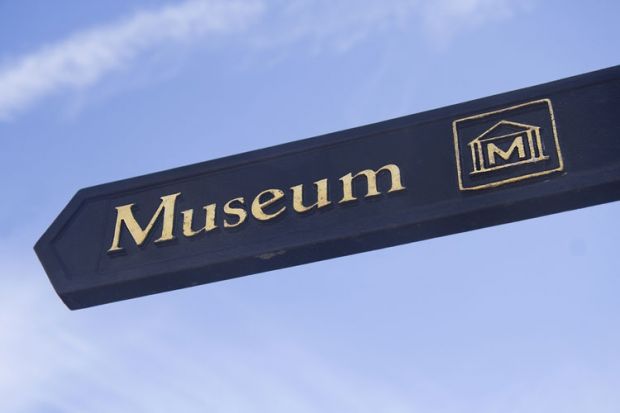A new report has set out the many contributions that universities’ museums now make to teaching, research, raising the profile of higher education and national life more broadly.
Published by the University Museums Group and University Museums in Scotland, Impact and Engagement: University museums for the 21st century was launched at the Museums Association Conference in Liverpool on 12 November.
While the best-known museums - the Ashmolean Museum in Oxford, the Manchester Museum, the Fitzwilliam Museum in Cambridge and the Hunterian Museum in Glasgow - “serve as the major cultural provider[s] in their areas”, the report also pays tribute to much-visited smaller collections covering everything from archaeology to zoology as well as “a further 300 or so collections [which] serve as vital university research and teaching resources”.
Many of these have been used for teaching since the early 19th century and “have shaped how disciples as diverse as geology and drama are taught”.
Nowadays, university museums often offer “the first contact [children and young people] have with a Higher Education Institution” and so “play an important role in stimulating an interest in further study and overcoming barriers to higher education”.
They are also often “the only or main space” within universities where “academic-public engagement can take place”.
Such general points are backed up by the figures set out in the report. The university museums of England and Scotland hosted 200 exhibitions and 3,500 public events last year, and welcomed nearly 4 million public visits. Students learned from museum objects on more than 700 courses.
Commenting on the report, the Higher Education Funding Council for England noted the great strides university museums had made in attracting support, with Hefce’s core museums and galleries funding boosted by an increase of 179 per cent from outside the sector, representing over £20 million during the past five years.





